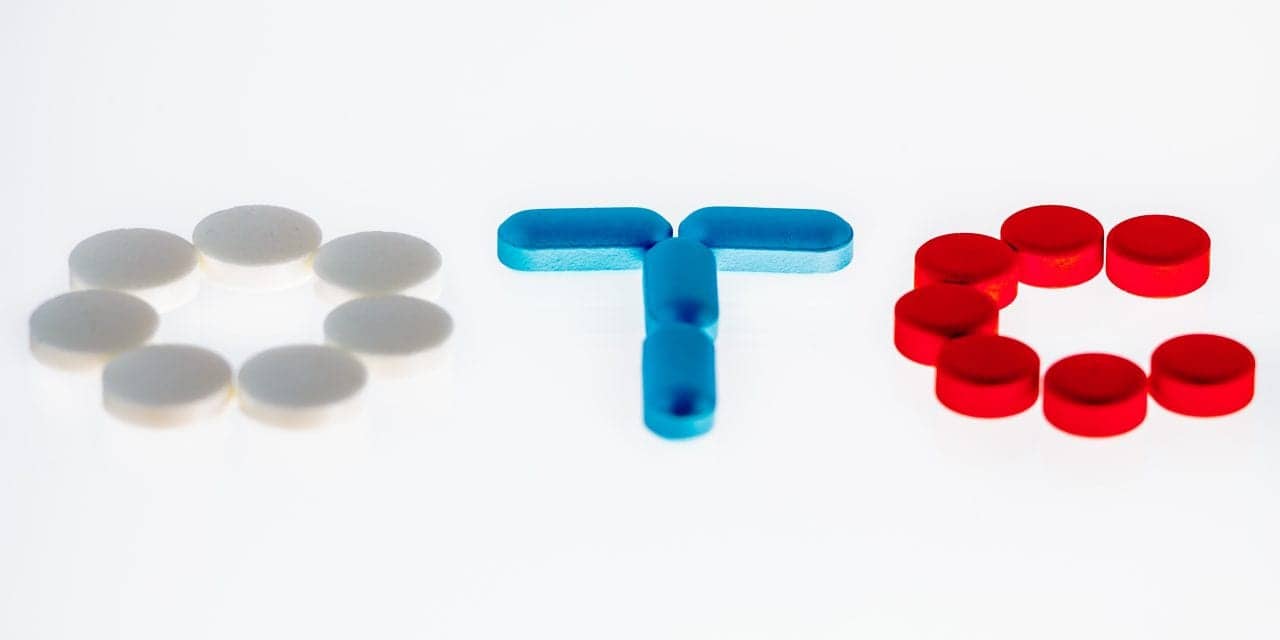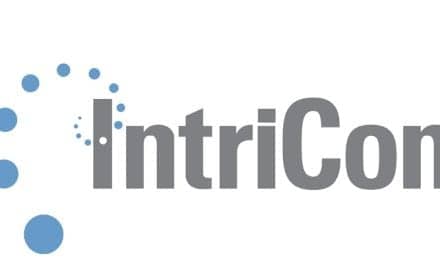Staff Standpoint | October 2018 Hearing Review
The recent over-the-counter (OTC) consensus paper from AAA, ADA, IHS, and ASHA (see news on p 8) was extraordinary for at least two reasons. First, in my opinion, it was a reasonable set of five practical recommendations for creating a new FDA class of OTC hearing aids that, if adopted, should safely and effectively help millions of consumers gain greater access and affordability to hearing devices, while letting them know that professional options for care also exist. Second, this is perhaps the thorniest issue that the major hearing aid dispensing organizations have ever tackled together. We should take solace that, even if nothing comes of these recommendations, at least we know it’s possible for these four often-disparate organizations to work together toward a solution on a very complicated and divisive task.
Now, it’s time to “up” our own game. Now that we’ve defined (at minimum) what an OTC hearing device should look like, maybe it’s time to start defining a minimal standard for what a professional hearing aid fitting should look like. If AAA, ADA, IHS, and ASHA can agree about what’s good for the realm of OTC, they should also be able to agree on a minimal professional best-practices protocol to which every US dispensing practice and office should adhere—and create a logo that signifies a practice has pledged to meet or exceed that minimal standard of care. Creating such a standard would be a boon to consumers: it would help ensure that they receive what they’re paying extra for. It would also be a boon to our field: it would force some dispensing offices to raise their standards of care in response to the organizations’ mutual endorsement and marketing of this standard.
If any of the organizations or their sister organizations (ABA, NBC-HIS, CCC-A, etc) wish to create additional lists and/or logo(s), then so be it. Good for them! But first let’s commit to getting consumers a list of “essentials” and a voluntary standard for every licensed professional who dispenses hearing aids. Let’s spell out what consumers should expect. And then let’s promote the hell out of it.
The time is now to clearly distinguish professional service from self-service. We need to show why licensed hearing care professionals can make a huge difference in outcomes. Mind you, I’m not suggesting anything overly elaborate; we need a very basic minimal standard protocol (eg, see Michael Valente’s comments in the December 2017 Hearing Review, pgs 39-41). These best practices could include, but not necessarily be limited to, a listening/communication assessment, an audiometric threshold test in a sound booth, real-ear verification, speech-in-noise testing, post-fitting validation and outcome measures, a follow-up call or visit within a defined period of time after the initial fitting, and the reassurance of the trial period. The protocol shouldn’t be overly restrictive with regard to which tests are used. There should be (and are) a lot of available options for fulfilling basic elements of a best-practices protocol, and these could be updated as technology or other/better methods emerge. Guidelines for hearing aid fitting have been previously published by Valente and colleagues for AAA and ASHA; it would appear IHS will publish similar guidelines soon. (The Audiology Practice Standards Organization [audiologystandards.org] is working toward a similar endeavor for audiologists.)
Worth noting is that the Consumer Technology Association (CTA) has promoted the idea of a voluntary standard for OTC hearing aids. The CTA has also proposed, on several occasions, the use of a logo to signify OTC aids comply with this standard.
AAA, ADA, IHS, and ASHA should take a page from CTA’s playbook. No one would hold a gun to the head of any professional who decides to “take a pass” on adhering to a profession-wide, best-practices protocol. But the facts are abundantly clear about how best practices improve outcomes. This is also no mystery for the executive bodies within AAA, ADA, IHS, or ASHA. A good start would be simply to combine the common elements of these organizations’ best practices guidelines, agree on a logo, commit to the marketing and promotion of that logo, then get members, industry, and consumer groups to sign on. Importantly, this wouldn’t be about getting and displaying a logo; it would be about acknowledging and using established, scientifically valid, best practices that have been proven in studies to lead to greater satisfaction with hearing aids. The goal would be to raise benefit, value, and repurchase rates with professionally fit hearing aids—across the board.
By the end of 2020, consumers will have an FDA-approved, OTC self-fitting option. As a profession of hearing care professionals speaking through one unified voice, we need to define for consumers what we do and show why we’re worth the extra time and money. Let’s get on the same page!
Citation for this article: Strom KE. OTC: Let’s get on the same page! Hearing Review. 2018;25(10):6.






